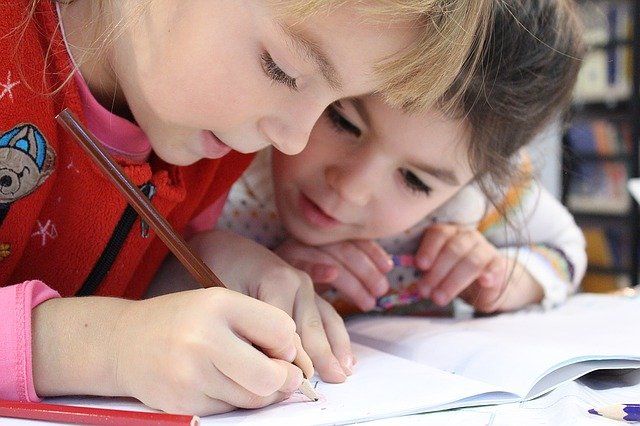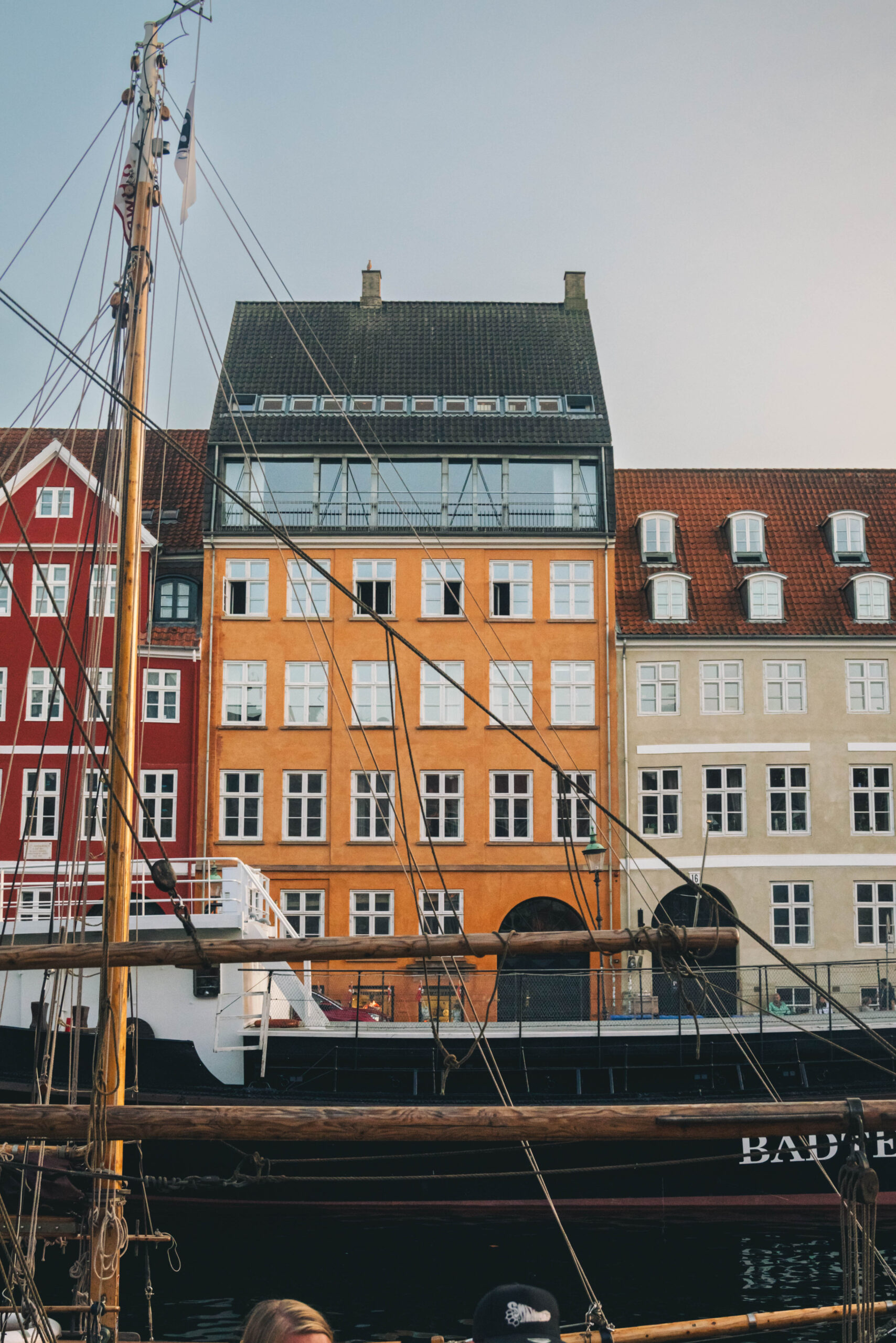Neurodiversity is a concept that looks at natural differences in the brain structure and function that makes people respond differently to the world.
These differences are not viewed as deficits but a form of diversity.
Neurodiversity is an umbrella term under which Learning Disabilities, Autism, ADHD and a few other conditions are discussed.
The neurodiversity movement is quite recent, and the term was originally used by journalist Harvey Blume in 1998.
But the actual coinage of the term is attributed to Judy Singer in 1999. The idea of neurodiversity, built on the social model of disability, shifts the focus away from the efforts to make neurodiverse children more “like” their neurotypical peers to celebrating differences.
Neurodiversity amongst children in Denmark
OECD data from 2017 shows a dramatic increase in diagnosis of neurodiversity across the world.
The upshot is that general education class teachers these days are tasked with recognizing and accommodating the diverse neurological profiles of students.
In Denmark, as in many other countries, ADHD diagnoses have increased in particular in the last two decades.
A study on epidemiology of mental disorders in Denmark by Dalsgaard and his team from 2020 published in JAMA psychiatry showed that 15 percent of Danish children were diagnosed with various mental disorders like anxiety, ADHD, autism etc.
An alarming finding from the study was that neurodevelopmental disorders were diagnosed significantly later in girls than in boys – indicating that a lot of girls go through school undiagnosed, without the necessary support and intervention.
In such a scenario, it is imperative that teachers understand how to work with neurodiverse children using classroom practices broadly termed as “neuro-affirmative” practices which support all children – diagnosed or undiagnosed – in accessing school curriculum.
Why should teachers be aware of and implement neuro-affirmative practices?
Teachers should be prepared to respond to neurodiversity rather than relying on specialists’ services alone.
The concept of neurodiversity embodies a strengths-based approach that shifts the focus away from the deficits of neurodiverse children.
An awareness of neuro-affirmative practices will bring about a mindset shift in the teachers and replace the urge to fix the children with an ability to value and use their strengths.
Although neurodiverse children, especially those on the Autism Spectrum have unique strengths, teachers cannot undermine their specific needs.
Some children on the spectrum cope through stimming behaviours, some mask their specific needs but have a meltdown elsewhere.
If the environment is not neuro-inclusive, it may have several negative consequences for neurodiverse children, including anxiety and depression.
Neuro-affirmative practices aim to create spaces that reduce the sensory overload for these children. Above all, a space and practices designed to benefit neurodiverse children, benefit all children.
How can teachers implement neuro-affirmative practices?
The initial step in implementing neuro-affirmative practices involves an acknowledgement of differences, aiming to extend resources that are available to all the children as well as sensitizing neurotypical children and their families about neurodiversity.
Teachers should start viewing neurodiverse children’s difficulties as dilemmas for teaching rather than locating the deficits within the students.
Environment
One of the most effective methods to invite and include neurodiverse children is to create sensory friendly classrooms.
As we are aware, many neurodiverse children have sensory sensitivities that can have a negative impact on their learning. Adjusting the physical environment of the classroom to reduce sensory overload will ease the stress of these children.
These strategies may include using mildly coloured wall paints, using dim lights, reducing background noise, providing accessibility to sensory tools like stress balls or fidgeting toys.
Communication
Adapting to and augmenting the communication efforts of these children goes a long way in building confidence and promoting learning.
This could be using visual supports, or using no-tech, low-tech or high-tech devices to aid communication.
Such strategies ensure that neurodiverse children, including those who are nonverbal, can participate meaningfully in the classroom activities.
Teachers should also understand that neurodiverse communication may look different. Eye contact during conversation can be stressful for such children. Their bodies might also find it difficult to sit and listen.
Discussions with such children about their communication preferences and implementation of those in classrooms can help validate their preferences.
Learning activities
Giving autonomy and agency to children in their learning process is another effective neuro-affirmative practice.
Providing choices for learning activities that align with their interests and strengths help reduce the anxiety in neurodiverse children.
Such practices from the early years enable children to advocate for themselves as they progress through the school grades.
Providing flexibility in how they demonstrate what they have learnt is also very useful.
Strategies may include giving them a choice to express their learning, for example, in the form of projects, presentations or written assignments will enhance their self-esteem and help them be involved thoroughly in the learning process.
These strategies form part of the Universal Design for Learning (UDL) framework.
UDL principles are closely related to neuro-affirmative practices, as they emphasize the need to accommodate diverse learning needs and preferences. The use of UDL by teachers reduces the need for individual accommodations and ensures that all students have equitable access to learning opportunities.
Danish context
In the light of recent increase in the identification of children with autism and ADHD, Social and Housing ministry of Denmark in 2023 presented seven specific recommendations for teachers, pedagogues and psychologists.
One recommendation was that children with autism and ADHD should be offered individually, and flexibly planned efforts, methods and frameworks so that opportunities for participation and development are created.
Another one was that children should be consulted when their support is planned so individual wishes and needs are respected.
A document by the national advocacy organisation of Danish municipalities, KL from 2020 reports good practices in neuro-affirmative strategies that are happening across Danish public schools.
In Farvskove municipality schools and Søndermarkskolen in Frederiksberg municipality, for example, good co-teaching was observed.
At Søndervangskolen in Aarhus, KL noted the school was actively building competence skills in its general and special-education teachers.
Engbjergskolen in Herning municipality’s buddy systems within student groups to support play and academic skills were hailed as examples of good neuro-affirmative practices that promote inclusion in public schools.
Copenhagen international school (CIS) has inclusion as it’s one of its core values and thus teachers use neuro-affirmative practices routinely in their classrooms.
Some examples of good practices from CIS include teaching of The Zones of regulation curriculum by Leah Kuypers for self-regulation and interoception for all students in early years; playground buddies to help promote positive connections within and across students from different grade levels; co-teaching; neurodiversity week celebrations that promote self-awareness and acceptance; classroom buddies; and promoting and encouraging brain breaks among others.
In 2012, the Danish government passed an inclusion law which set an ambitious goal to get 96 percent of special needs children to attend public schools.
However, a survey conducted by Danish Handicap organization (DH) in 2019 showed that 59 percent of the parents answered that their child did not receive the necessary support to be able to participate in classes on an equal footing with the other student and 69 percent of parents responded that teachers and educators do not have enough knowledge about the child’s disability.
It also found that the inclusion percentage had dropped since passing of this law.
This is a worrisome situation that calls for immediate action, involving both top-down and bottom-up approaches.
Governments and school administrations need to provide time, support and resources for teachers to get trained in neuro-affirmative strategies. Meanwhile, teachers should implement neuro-affirmative practices and constantly reflect on their own practices and priorities to understand if they are promoting a sense of belonging for everyone in their classroom.
Bhuvaneswari Balasubramaniam is from the School of Education, Azim Premji University, Bengaluru, India
Sapna Bhat is a consultant speech and language therapist at Copenhagen International School












